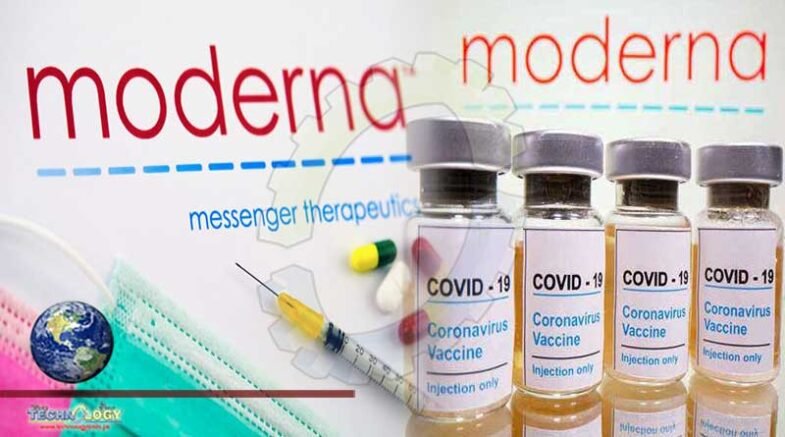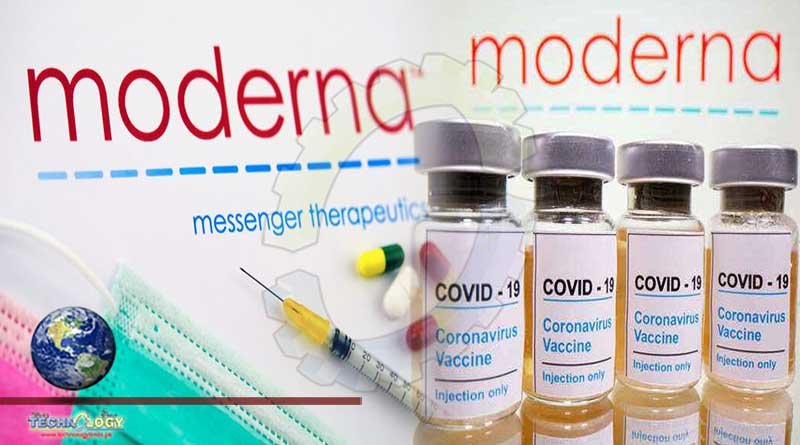Moderna said that it would seek US and European regulators’ approval to allow its COVID-19 vaccine to be used for emergency use.

Moderna said that it would seek US and European regulators’ approval to allow its COVID-19 vaccine to be used for emergency use. The request comes as recent research findings affirm the good and safety results provided by the shots – ramping up the race to begin restricted vaccines as the coronavirus’s rampage worsens.
COVID-19 vaccine clinical trials have been on the upswing in the United States and Europe for everyone to root out the pandemic. However, the US has witnessed more than 160,000 new patients every day and more than 1,400 daily deaths. Hence, the hospital capacities have been pushed to the max. The virus has infected more than 1.4 million people worldwide since it first appeared nearly a year ago in China.
Moderna is only behind Pfizer’s plans and its German affiliate BioNTech to launch vaccines in the United States in December. British regulators around the Atlantic are now reviewing the Pfizer shot, and another AstraZeneca shot.
Moderna built their shots with the US National Institutes of Health and already had a hint that they were working, but said it had the final findings expected over the weekend that confirmed that the vaccine was more than 94% effective.
In the huge US research, 185 out of 196 COVID-19 cases so far were study participants who obtained the placebo and 11 who got the actual vaccine. Dr. Tal Zaks, the Cambridge, Massachusetts, company’s chief medical officer, claimed that the two critically sick individuals – 30 applicants, including one who died – had taken dummy shots.
Zaks told the Associated Press that he “allowed [himself] to cry for the first time.”
The White House lauded Moderna’s reporting on Twitter Monday morning. Officials called the Operation Warp Speed, the US government’s crash initiative to protect 300 million Americans against the coronavirus, a “modern day miracle.”
What’s Next For Moderna?
The FDA has promised that its science advisors will openly discuss whether there is the adequate proof behind each nominee until it agrees to carry out any COVID-19 vaccinations.
Pfizer and BioNTech would first present their results on December 10. Results showed that their vaccine candidate is 95 percent successful. Exactly a week later, on December 17, Moderna said its turn at this “science court” was anticipated.
Moderna plans to have 20 million doses available for the US by year’s end if the FDA makes emergency use. Two doses would be needed for the recipients, so that’s enough for 10 million people.
In December, Pfizer plans to provide 50 million doses worldwide. Half of them was earmarked for the United States – or enough for 12.5 million inhabitants.
A separate team of US specialists, set up by the Centers for Disease Control and Prevention, will meet this week to determine how to send out initial supplies. It is anticipated the limited first doses would be allocated for health care staff and if the shots perform well enough among the vulnerable aged, for long-term care center tenants. If more vaccinations become accessible progressively in the coming months, other primary staff and persons at the highest risk of coronavirus can get in line. But enough is not anticipated until at least spring for the general population.
Outside the U.S., Zaks said substantial Moderna supplies would be accessible later in the first quarter. He said they are doing everything that they could to increase the capacity and accelerate the timelines,
Using the same technique, all Moderna’s and Pfizer’s vaccines are created using a genetic code fragment for the “spike protein that studies the virus. When the actual virus finally comes along, the messenger RNA, or mRNA, instructs the body to produce an innocuous spike protein, teaching immune cells to recognize it.
Originally published at Science Times
